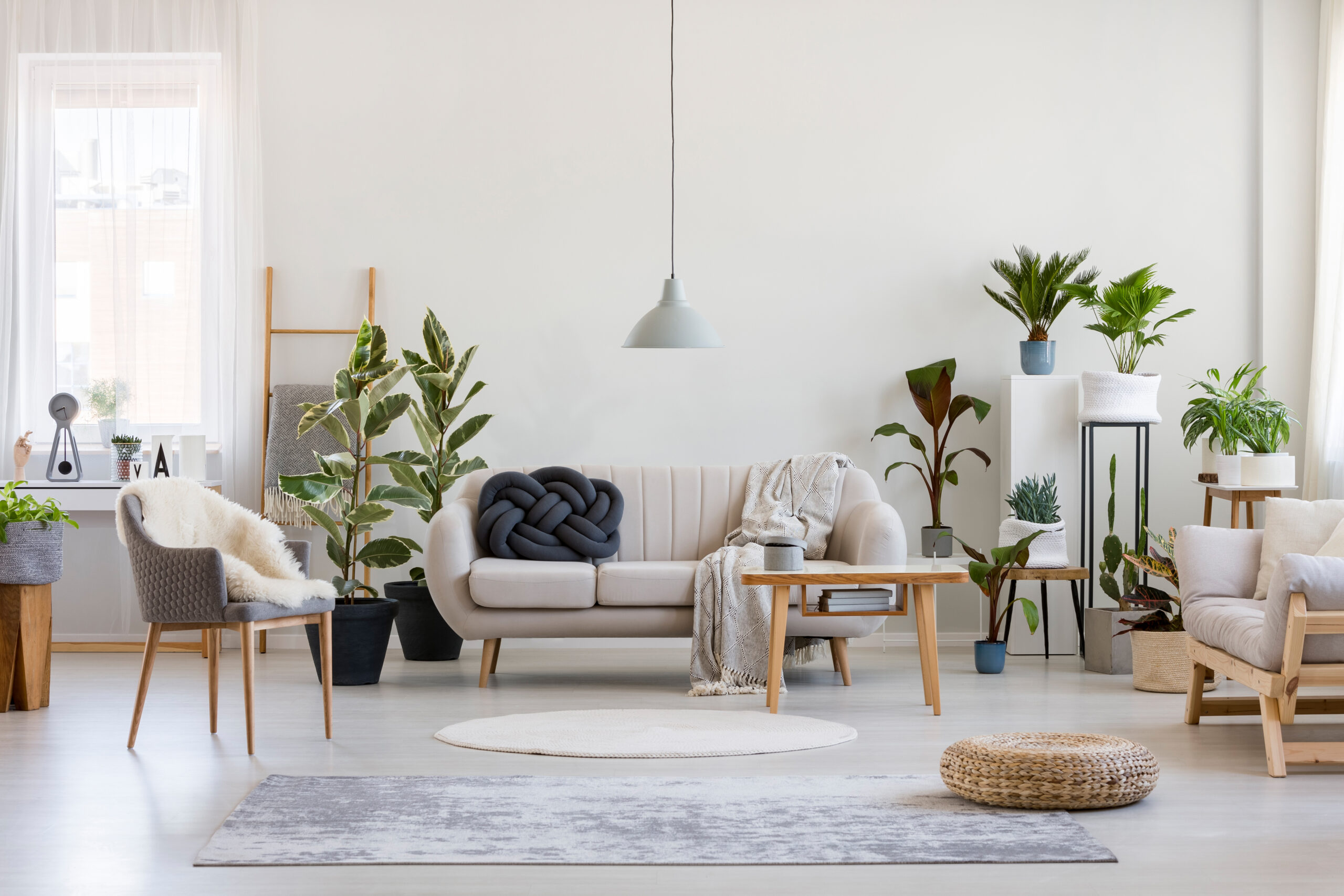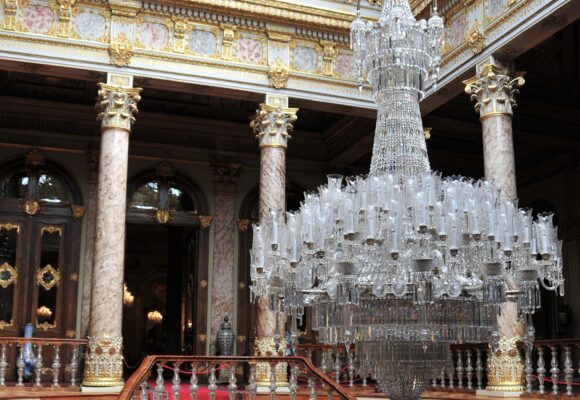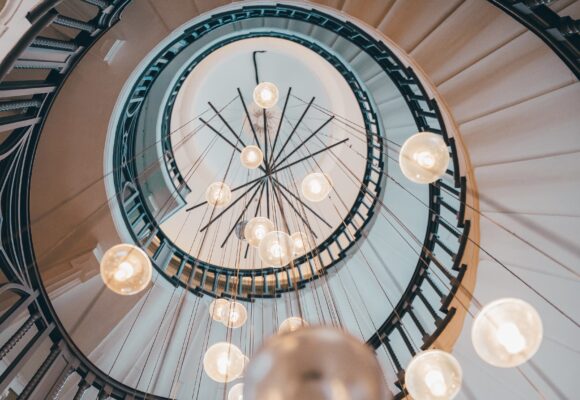Scandinavian interior design is renowned for its simplicity, functionality, and understated elegance. Rooted in the principles of minimalism and naturalism, Scandinavian interiors prioritise clean lines, muted colours, and the use of natural materials to create spaces that are both inviting and harmonious. Lighting plays a pivotal role in Scandinavian design, illuminating the space while enhancing its cozy atmosphere and highlighting its architectural features.
Scandinavian Lighting
One prevalent lighting type in Scandinavian interior design is pendant lighting. Pendant fixtures are often characterized by their sleek, minimalist designs and soft, diffused light. They are commonly used to provide ambient illumination in living rooms, dining areas, and bedrooms, adding warmth and visual interest to the space without overpowering the simplicity of the design.
Another popular lighting type in Scandinavian interiors is floor lamps. Floor lamps offer flexibility and versatility, allowing for targeted task lighting or ambient illumination depending on the placement and angle of the fixture. They are often crafted from natural materials such as wood, metal, or fabric, adding texture and warmth to the space while complementing the overall aesthetic of Scandinavian design.
Scandinavian Colours
In terms of colours, Scandinavian interior design typically features a palette of soft, neutral tones inspired by the natural landscape of the Nordic region. Shades of white, gray, beige, and taupe create a sense of airiness and lightness, while providing a neutral backdrop for other elements in the space. These colours are often paired with accents of muted pastels or earthy hues, adding subtle pops of colour and warmth to the room.
Scandinavian Materials & Textures
Materials and textures play a crucial role in Scandinavian interior design, with an emphasis on natural materials such as wood, leather, and wool. These materials are chosen for their durability, sustainability, and ability to create a sense of warmth and coziness in the space. Fabrics in Scandinavian interiors tend to be soft and tactile, with an emphasis on natural fibers such as linen, cotton, and wool, which add texture and visual interest to the room.
Overall, Scandinavian interior design embraces simplicity, functionality, and natural beauty, with lighting serving as a key element in creating spaces that are both inviting and harmonious. By incorporating a variety of lighting types, colours, materials, and fabrics, Scandinavian interiors achieve a timeless aesthetic that celebrates the beauty of simplicity and the warmth of natural materials.




 No products in the basket.
No products in the basket. 
